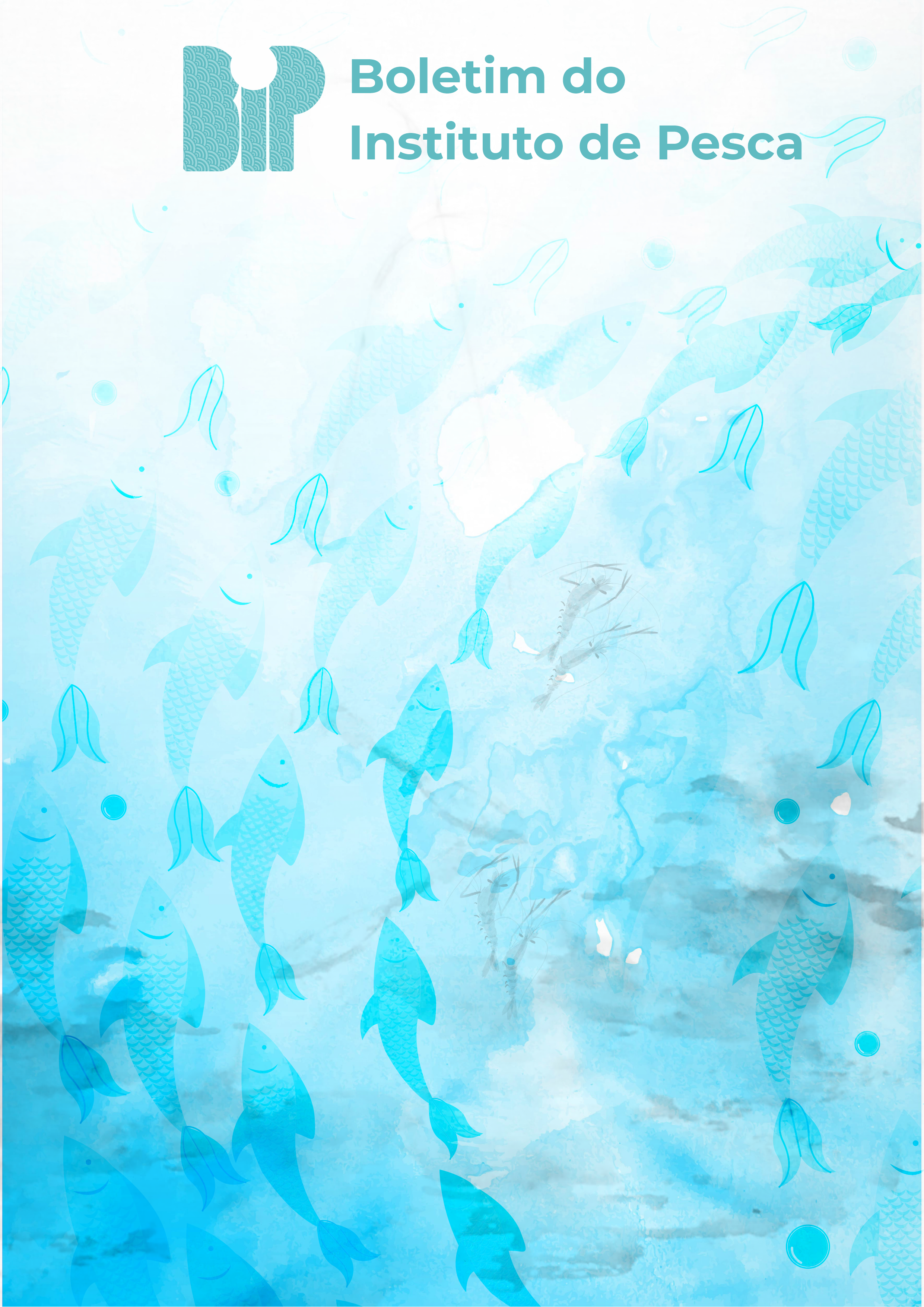Digestible protein levels and metabolic responses in juvenile piapara (Megaleporinus obtusidens)
DOI:
https://doi.org/10.20950/1678-2305/bip.2023.49.e754Keywords:
Performance, Physiological indicators, Omnivorous, Energy retentionAbstract
The piapara (Megaleporinus obtusidens) is an omnivorous fish with great market potential. However, little is known about its dietary requirements. This study aimed to determine the effects of dietary protein on growth and physiological indicators in piapara. Three hundred piapara juveniles (24.0 ± 1.3 g) were distributed in 20 tanks of 130-L (15 fish/tank) provided with continuous aeration and water. Five isoenergetic diets (14.0 MJ/kg) were formulated to contain increasing levels of digestible protein (21, 24, 27, 30, and 33% DP). After 77 days, weight gain and ammonia concentration in water were found to increase linearly with increasing digestible protein (DP) level (p<0.05). Protein productive value (PPV) reached a maximum at 28.4% DP. No relationship was found between DP level and serum ammonia, liver alanine aminotransferase (ALT) activity, hepatosomatic index (HSI), liver glycogen (GL) or liver lipid (LL) content (p>0.05). Mesenteric fat index (MFI) and liver malic enzyme (ME) activity followed a quadratic pattern (p<0.05) and reached a maximum at 25.8% and 27.1% DP, respectively. Muscle lipid (ML) content decreased linearly with increasing DP level (p<0.05), whereas liver glucose-6-phosphate dehydrogenase (G6PD) activity decreased linearly as DP level increased (p<0.05). Results showed that a diet containing 28.4% PD provides better crude protein retention efficiency and reduces amino acid deamination in M. obtusidens. Low protein diets increased energy retention efficiency, whereas fish fed high protein diets had higher ammonia excretion.
Downloads
Published
Issue
Section
License
Copyright (c) 2023 Viviane do Nascimento Santana de Almeida, Gabriela Castellani Carli, Thaise Mota Sátiro, Thiago Matias Torres do Nascimento, Leonardo Susumu Takahashi

This work is licensed under a Creative Commons Attribution 4.0 International License.










